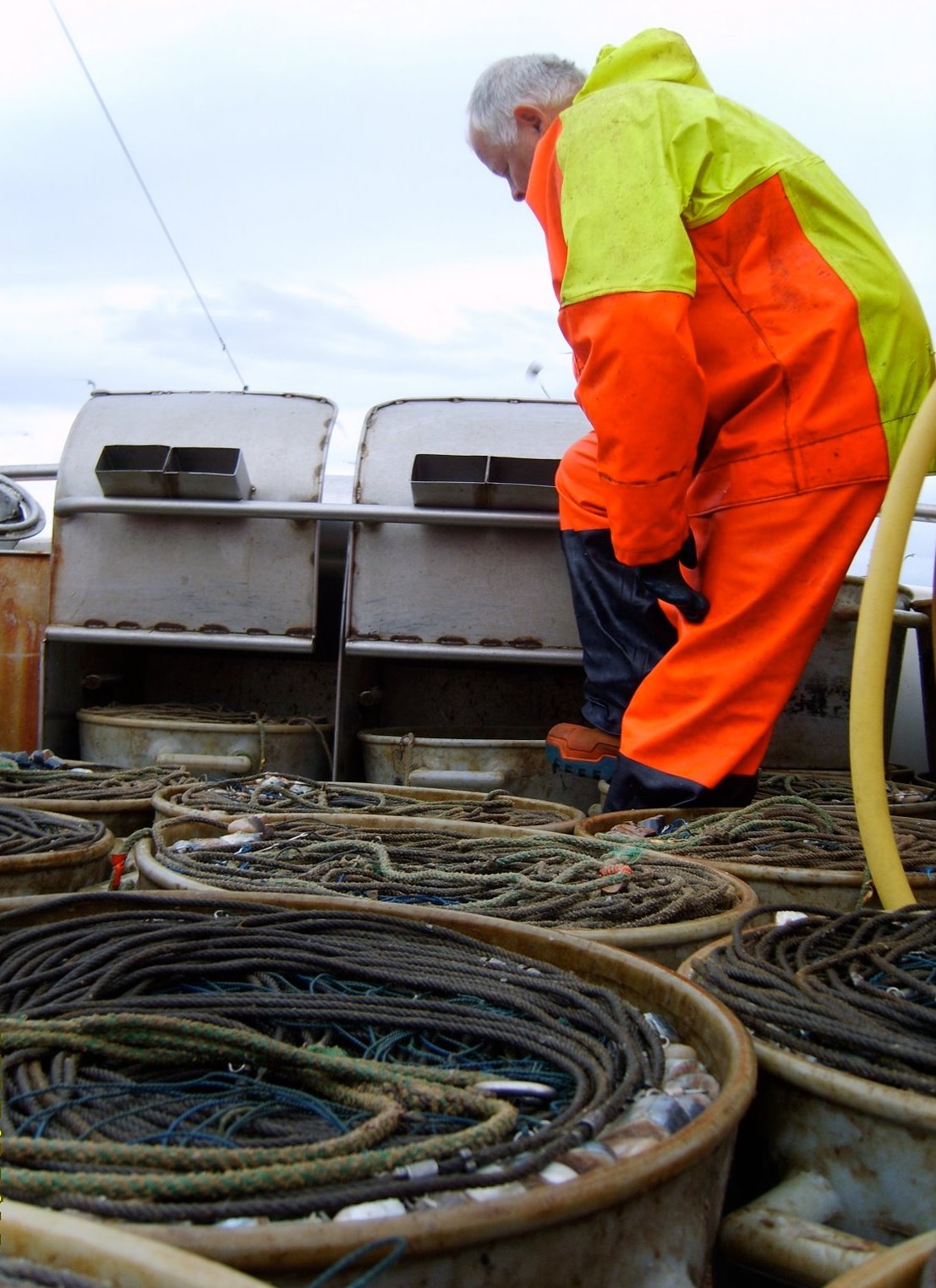Understanding ergonomics can help fishermen avoid musculoskeletal injuries
Jerry Dzugan runs the Alaska Marine Safety Education Association in Sitka, Alaska, and he’s seen a lot of injuries over the years.
“I started fishing halibut in the 80s, before IFQs,” says the 73-year-old Dzugan, referring to times before the introduction of transferable quotas, when fishermen would work incredibly long hours during ever-shorter openings. “And I got everything, tendonitis, bad back. When I got into this job, I started doing research. Here in Alaska, we have the Fishermen’s Fund, an insurance of last resort. I found that 40 percent of their payouts were for musculoskeletal problems, like tendonitis.”
As fate would have it, Dzugan crossed paths with an ergonomics expert from Utah. “He was teaching a college course on ergonomics, and we took his data and created a one-hour course for fishermen, called Strains, Sprains, & Pains: Commercial Fishing Muscular/Skeletal Injury Prevention.”
Dzugan’s PowerPoint boils down to what he calls “17 big ideas” on how to use one’s body in ways that protect it from musculoskeletal injuries such as sprains, strains, and carpal tunnel syndrome.
“We can do a whole survey of the boat, and figure out little things to do, like put handholds in places like the hatch, or padding in other places. I know a guy who put his bleeding and gutting table at waist height, and he said it was a game changer. It made cleaning fish much easier. Before that, they were doing it on deck.”
Dzugan has a video that he will be posting in late August or September. “We put these electrodes all over my body, and when I moved the wrong way or put too much strain on certain parts of my body, the thing would start beeping like crazy. It’s a great way to train yourself how to move.”
According to Dzugan, these resources are or will be readily available on the ASMEA website. https://www.amsea.org/







